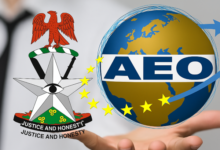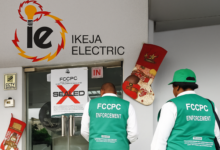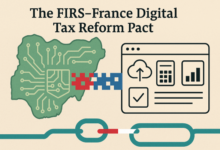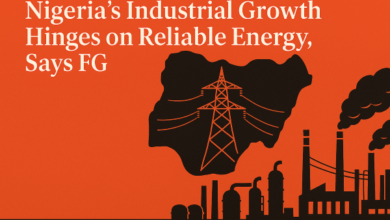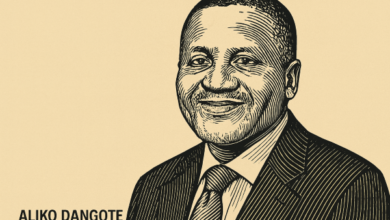Nokia Feels the Heat as Q2 Profit Slips on Currency Volatility—Eyes AI and 5G for Recovery
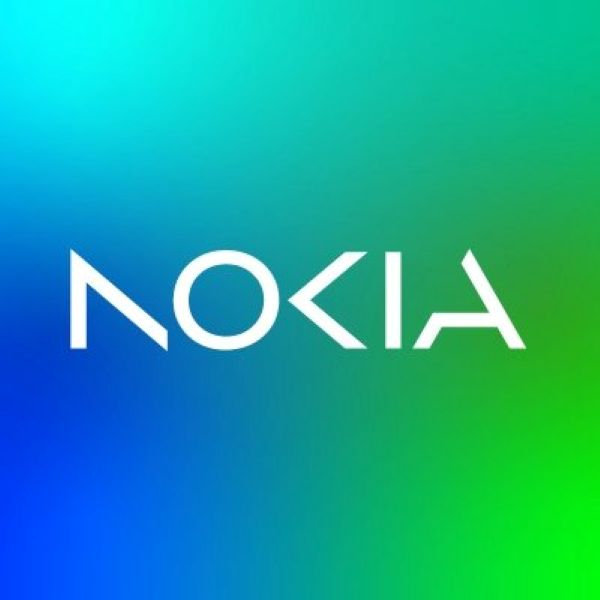
Global telecoms giant Nokia has posted a modest dip in its Q2 2025 earnings, with currency fluctuations—especially a weaker U.S. dollar—dragging down performance despite robust growth in key strategic units like cloud services, network infrastructure, and 5G technologies.
The company, in its Q2 2025 financial report, disclosed that comparable net sales dipped 1% year-on-year in constant currency terms, while operating profit guidance for the full year was revised downward to €1.6 billion, from a previous forecast of €1.9–€2.4 billion.
Currency Headwinds & India Timing Weigh on Margins
According to President & CEO Justin Hotard, the company’s mobile networks business suffered a 13% drop in net sales, largely due to the absence of a one-time settlement benefit from 2024 and project timing disruptions in India.
But more critically, exchange rate volatility—notably a softer dollar—eroded the topline and operating margins across global markets.
“Currency fluctuations had a significant impact on both net sales and operating profit,” Hotard acknowledged.
Bright Spots: Cloud, Optical Networks & Tech Licensing
Despite the drag, Nokia’s strategic growth engines remained resilient:
- Cloud and Network Services grew 14%, powered by momentum in 5G Core architecture.
- Network Infrastructure rose 8%, buoyed by strong optical network demand and continued investment by global carriers in digital backbone upgrades.
- Nokia Technologies, the IP and licensing unit, grew 3%, securing multiple new deals that added predictability to recurring revenue.
The company maintained a solid gross margin of 44.7%, matching last year’s performance, despite macroeconomic pressures and tariffs.
€800m Free Cash Flow in H1, Eyes Strong Q4 Rebound
Nokia generated €0.1 billion in free cash flow in Q2 and over €800 million for the first half of the year, maintaining a net cash balance of €2.9 billion—a sign of continued financial discipline even amid headwinds.
Looking ahead, the company remains optimistic, projecting a stronger second-half performance, especially in Q4, driven by:
- Expanding global 5G deployment
- AI-enabled infrastructure upgrades
- New wins in cloud-native core network services
AI Supercycle as Next Growth Frontier
In a bold strategic pivot, Nokia’s leadership sees AI as the next economic battleground. Hotard emphasized the company’s shift towards unifying corporate functions to unlock efficiency and position Nokia as a key connectivity enabler in the AI supercycle.
“Connectivity is becoming a critical differentiator in the AI supercycle,” Hotard noted.
“We are streamlining operations to unlock scale and drive competitiveness.”
BRANDECONOMY INSIGHT: Caution Meets Conviction
Nokia’s Q2 report offers a textbook case of external shocks meeting internal resilience. While macro factors—currency risk, tariffs, and market timing—have dampened immediate returns, the firm’s long-term strategy built around cloud, 5G, and AI convergence remains solid.
Its pivot from legacy hardware margins to high-value digital infrastructure and IP monetization continues to shape Nokia’s post-pandemic reinvention playbook.
For global tech investors, Nokia remains a watchlist stock—especially as telcos worldwide begin scaling next-gen infrastructure to support data-intensive AI applications, IoT, and industrial automation.



